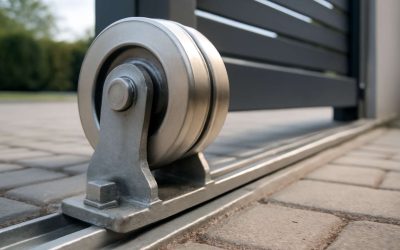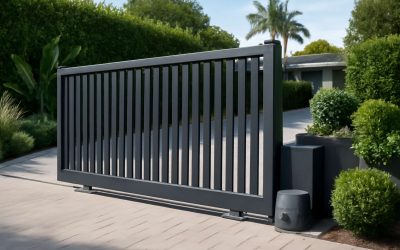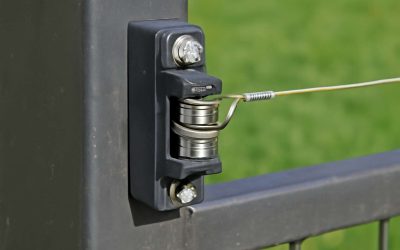
When it comes to securing your property and preventing unwanted entry from either your neighbors or strangers, gates are an effective option. They can be designed to impede access from certain areas, such as your driveway or parking lot, or they can allow access while keeping people in and out of specific zones. When deciding on what kind of gate to install, it is essential that you prioritize safety and consider how the gates will be operated as well as how often they will be used and under what weather conditions.
Sliding gates are popular choice for both commercial and residential properties, as they offer security with a high degree of convenience. In addition, they are more affordable than swing gates and can be customized with a variety of features. However, they can also present a number of hazards for users and those who come into contact with the gates. This article will discuss some of the most common hazards associated with sliding gates and how you can prevent them from occurring.
Pinch & Nip Point Hazards
Any points at which the moving parts of the gate meet or touch each other are potential pinch and nip point hazards. These include the points at which the rollers and guides meet, as well as any gaps between the gate and a wall or other fixed object. These risks can be prevented by ensuring that there is adequate clearance for the gate to move freely, as well as conducting regular inspections and maintenance.
Most injury claims involving sliding gates involve pedestrians being caught or crushed by the falling gate. The majority of these incidents result from missing or incorrectly fabricated perpendicular restrictor stops that are required to stop the sliding mechanism as it is traveling up and down on its vertical enclosure track. These are often missed during the original installation or, due to a lack of inspection and maintenance, the originally installed components become bent or completely missing.
Another issue with sliding gates is that they can obstruct pedestrian pathways and create safety issues when crossing a driveway or intersection. This is especially true if the gates open outward. Many cities and towns have regulations regarding how far a property owner can open their gate onto a sidewalk. In this case, you may need to install a swing gate or otherwise alter the design of your gate to ensure that it does not violate any city or town regulations.
V track electric sliding gates
V track sliding gates are a great choice for those who want to use their gate in environments where they may not encounter too much snow or other obstructions that can be caused by the movement of the gate. The track is secured into the ground and uses a series of ‘v’ shaped metal bars to guide the gate as it moves up or down. However, these gates do require the tracks to be regularly cleaned of any ice or snow that may build up inside them.



0 Comments